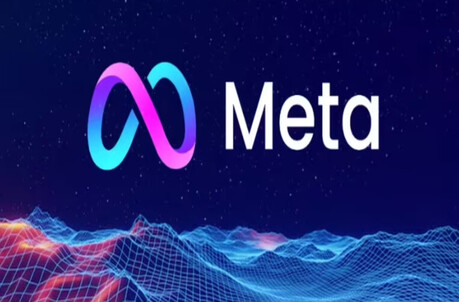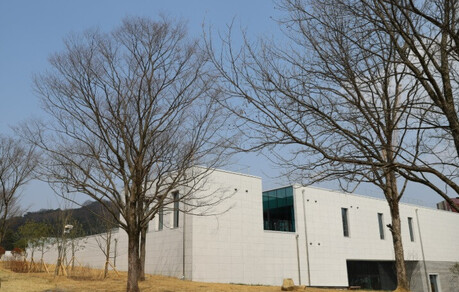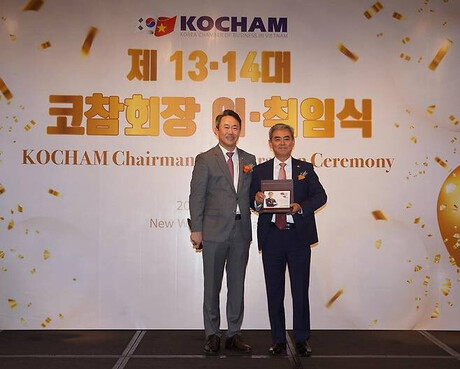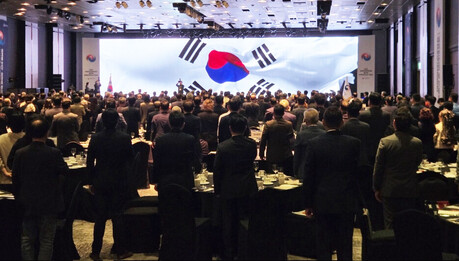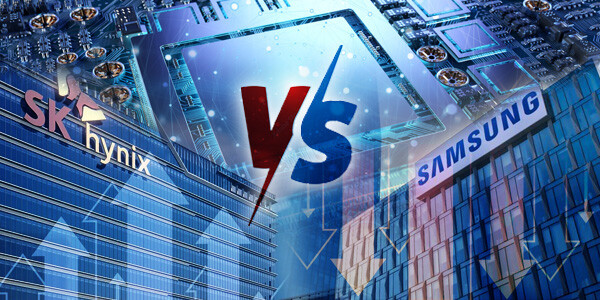
A fierce High Bandwidth Memory (HBM) battle has erupted between South Korean semiconductor giants Samsung Electronics and SK Hynix, as both companies unveiled their sixth-generation product, HBM4, at the recent Semiconductor Exhibition (SEDEX 2025) in Seoul. This public display marks the first general viewing of the actual HBM4 chips, signifying both firms' confidence in their technology and aggressive intent to capture the burgeoning AI semiconductor market. The HBM4 is poised to become the key memory component in NVIDIA's next-generation AI accelerator, 'Rubin,' with mass production slated for the end of this year, pending crucial qualification tests with NVIDIA.
The new HBM4 generation introduces a significant technological leap: the bottom-most layer, the base die, now integrates system semiconductor technology, such as the memory controller. This shift heralds the era of 'custom HBM,' allowing the base die to be tailored to customer specifications—a critical factor for maximizing performance and power efficiency in AI workloads. SK Hynix, the current HBM market leader, is collaborating with TSMC, the world's largest foundry, to manufacture the base die for its HBM4. This partnership between the HBM market leader and the system semiconductor manufacturing titan is expected to create a formidable product with significant market impact. SK Hynix has reportedly achieved an operating speed of over 10 Gbps (gigabits per second) and doubled the bandwidth by utilizing 2,048 I/O terminals.
Samsung Electronics, aiming to reclaim its market dominance, is pursuing a different, more aggressive strategy to differentiate itself. While SK Hynix used the fifth-generation (1b) DRAM process for its HBM4, Samsung is leveraging its advanced sixth-generation (1c) DRAM technology. Samsung’s approach involves a complete redesign of the foundational 1c DRAM, with the goal of exceeding rivals in both performance and power efficiency—claiming up to 11 Gbps speed and a approximately 40 percent increase in power efficiency compared to the previous generation. Furthermore, Samsung is reportedly planning to use its own Samsung Foundry for the custom logic die, strengthening its integrated approach.
The HBM market, central to the AI supercycle, is expected to intensify into a three-way contest with the looming presence of Micron, which has also showcased impressive HBM4 samples. The outcome of the current qualification tests for the Rubin accelerator, expected as early as next month, will be pivotal. Analysts suggest SK Hynix is focused on defending its number one position, while Samsung is determined to reverse the market order with its newly developed, highly competitive HBM4.
[Copyright (c) Global Economic Times. All Rights Reserved.]


















